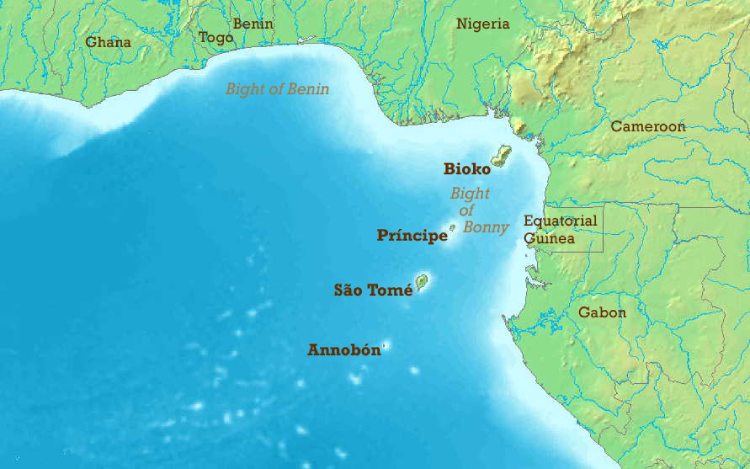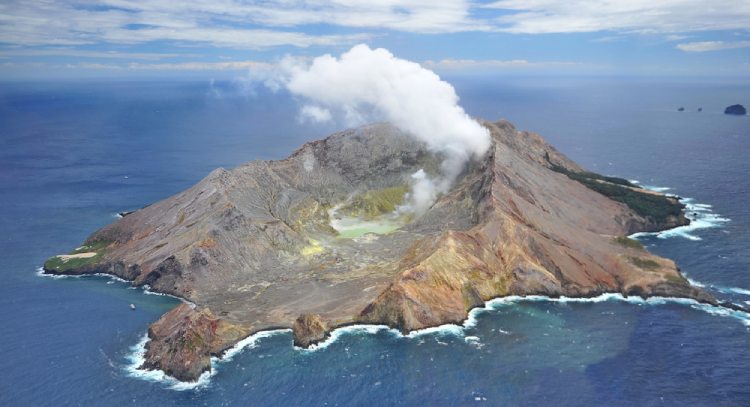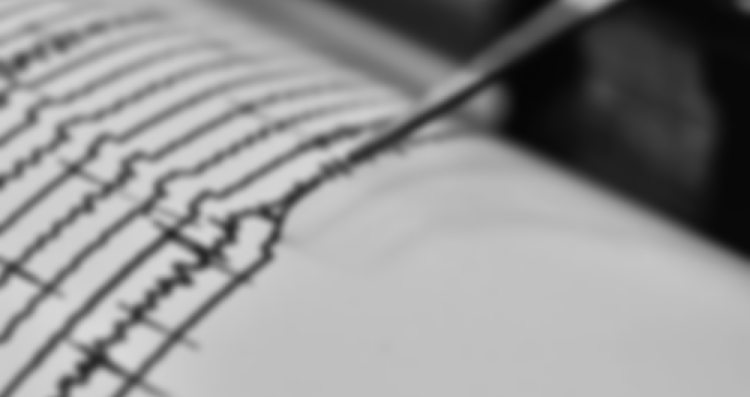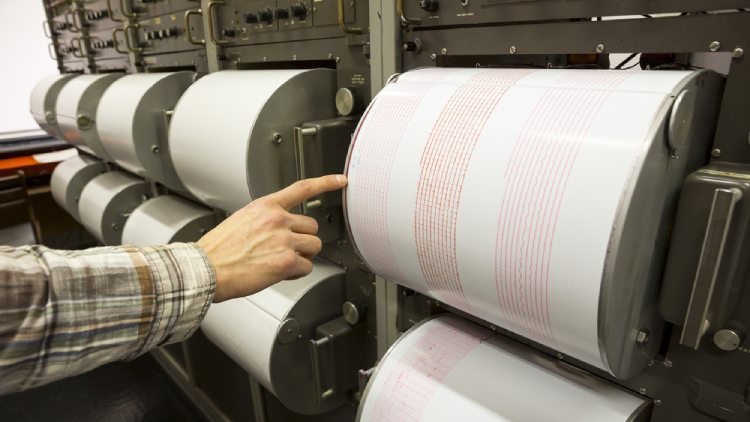The Earth Pulses Every 26 Seconds, But Why?

Every 26 seconds, the Earth “pulses†right beneath our feet. This pulse is not strong enough for us to sense it, but seismologists around the world have been able to document a measurable “blip†on their instruments. In fact, knowledge about this pulse has been around for decades! So, what do we know about this strange phenomenon? Let’s find out.
Table of Contents
In the 1960s, a researcher documented that the Earth pulses about every 26 seconds.
During the early 1960s, Jack Oliver was a researcher at Columbia University’s Lamont Geological Observatory (now called the Lamont-Doherty Earth Observatory). At this time, he published a study about a “storm of microseisms†with periods of about 26 to 27 seconds and became the first to document this mysterious pulse.
Oliver’s paper stated that the pulse seemed to originate in the “southern or equatorial Atlantic Ocean” and discussed two hypotheses regarding its source mechanism. The “favored hypothesis,†as he called it, was that the pulse was generated by dispersed ocean waves hitting the coast of the Gulf of Guinea. But a second hypothesis suggested that the pulse was a kind of “harmonic tremor†associated with magmatic activity under the South Atlantic Ocean. He even figured out that the pulse was stronger during the summer months of the Northern Hemisphere when the Southern Hemisphere enjoys winters.
Back then, Oliver did not have advanced instruments like digital seismometers at his disposal. Instead, he had to deal with paper records, which may have limited his ability to study the pulse in more detail.
Years later, the origin of the pulse was narrowed down to the Bight of Bonny in the Gulf of Guinea.

About 20 years later, a researcher with the U.S. Geological Survey looked further into the strange microseism. This geologist, Gary Holcomb, found that the pulse was stronger at certain times, allowing detailed research into its nature. Sadly, despite Holcomb’s and Oliver’s efforts, their works remained virtually unknown. But in 2005, a then-graduate student named Greg Bensen stumbled across the pulse, and the interest in it was revived.
At the time, Bensen was working with seismic data at the University of Colorado in Boulder. One day, his advisor asked him to present what he was working on, and he pulled up some data. And lo, there it was: a strong signal coming from somewhere far.
Mike Ritzwoller, a seismologist at the University of Colorado, has relayed his experience with the pulse to Discover Magazine. According to this, when Ritzwoller and then-postdoctoral researcher Nikolai Shapiro laid eyes on the pulse, they realized that there was something strange going on. However, they had no clue what it was.
Perplexed, the team examined the signals, analyzed the data, and checked their instruments before concluding that this microseism was indeed real. They then set to work and triangulated the origin of the pulse to a single location in the Gulf of Guinea, off the western coast of Africa. They also dug up Oliver’s and Holcomb’s studies and published their own paper in 2006 in Geophysical Research Letters.
Later, in the 2010s, yet another graduate student managed to analyze the pulse in detail. This student, named Garrett Euler, was working at seismologist Doug Wiens’ lab at Washington University in St. Louis. And through Euler’s work, the source of the pulse was narrowed down to the Bight of Bonny in the Gulf of Guinea.
According to an expert, the Sun is the main cause of seismic noise during “quiet time.”

Even when there are no earthquakes or volcanoes erupting (aka “quiet time”), seismic noise exists in the background. According to Ritzwoller, the Sun is the main reason for this. The Sun heats the equator more than the poles, which then generates winds, storms, ocean currents, and waves. Then, when a wave strikes a coastline, energy is transferred to the land. This, he explains, is similar to how knocking on a desk deforms the area near the knuckle, but energy from the knocking is still transmitted across the table and can be felt at the opposite end.
Using patterns in this ambient seismic noise, researchers can learn about the Earth’s interiors.
Unfortunately, scientists do not seem to agree on the cause of this pulse.

Besides narrowing down the origin point of the pulse, Euler had also made a case for waves hitting the coast being its probable cause. When waves travel across the ocean, the pressure difference in the water may not have much effect on the ocean floor. But when it strikes the continental shelf, where the solid ground is closer to the surface, the pressure deforms the ocean floor (much like tapping on a table deforms its surface) and causes seismic pulses that reflect the wave activity. In 2013, Euler presented his findings at the Seismological Society of America conference.

However, not everyone seemed to agree. In another study published in 2013 by a team led by Yingjie Xia from the Institute of Geodesy and Geophysics in Wuhan, China, a different explanation was presented – volcanoes. And indeed, there is at least one volcano on Earth (the Aso Volcano in Japan) that produces a microseism with some similarities to this one.
Interestingly, this is not the only debate in this enigma. There is another question that still remains – why does the pulse originate in the Bight of Bonny? What makes it unique? Unfortunately, researchers have yet to answer this.
Even today, sixty years since its discovery, the pulse has yet to be thoroughly studied.

Despite being intriguing, the pulse is likely not a priority for seismologists. As Wiens tells it, seismologists tend to concentrate on some specific things, such as determining the structures beneath the continents. And studying this pulse does not appear to fall under this. So, it is likely that the pulse is destined to remain an example of the many unknown but wonderful things that exist on our planet.
But who knows? In the future, there might just be a generation of researchers that deciphers this phenomenon once and for all.
70 Interesting Facts About the Earth
























